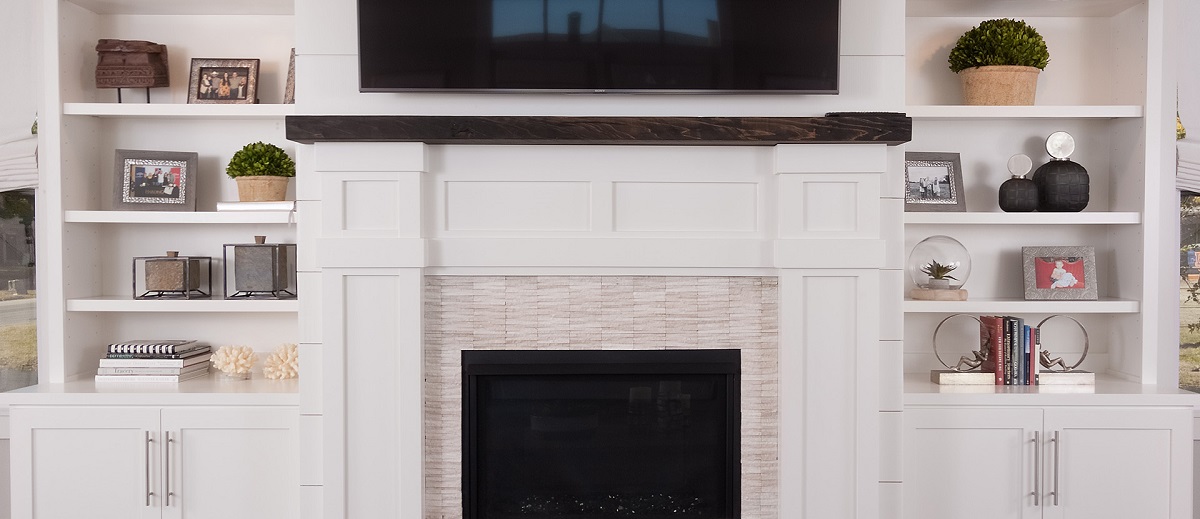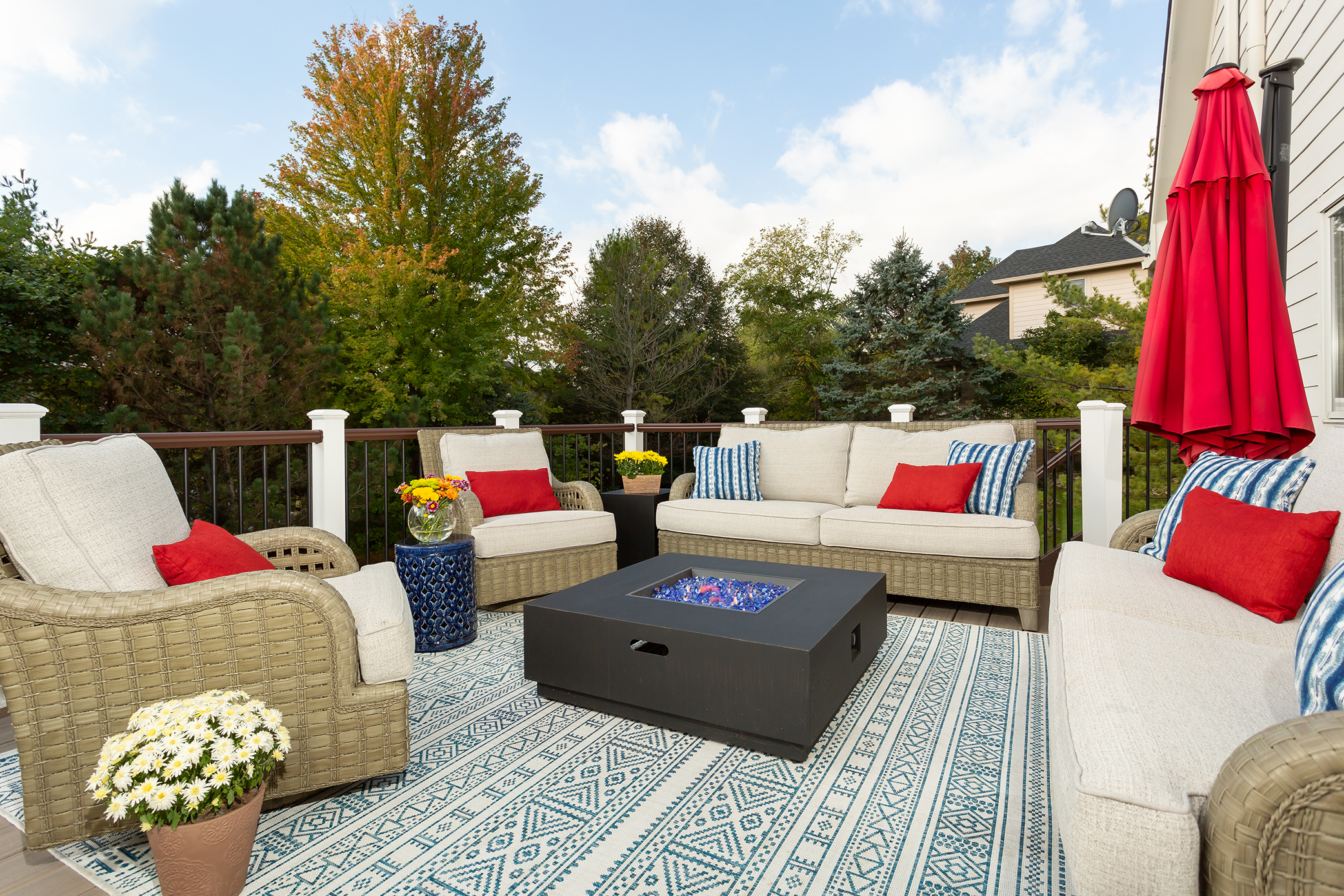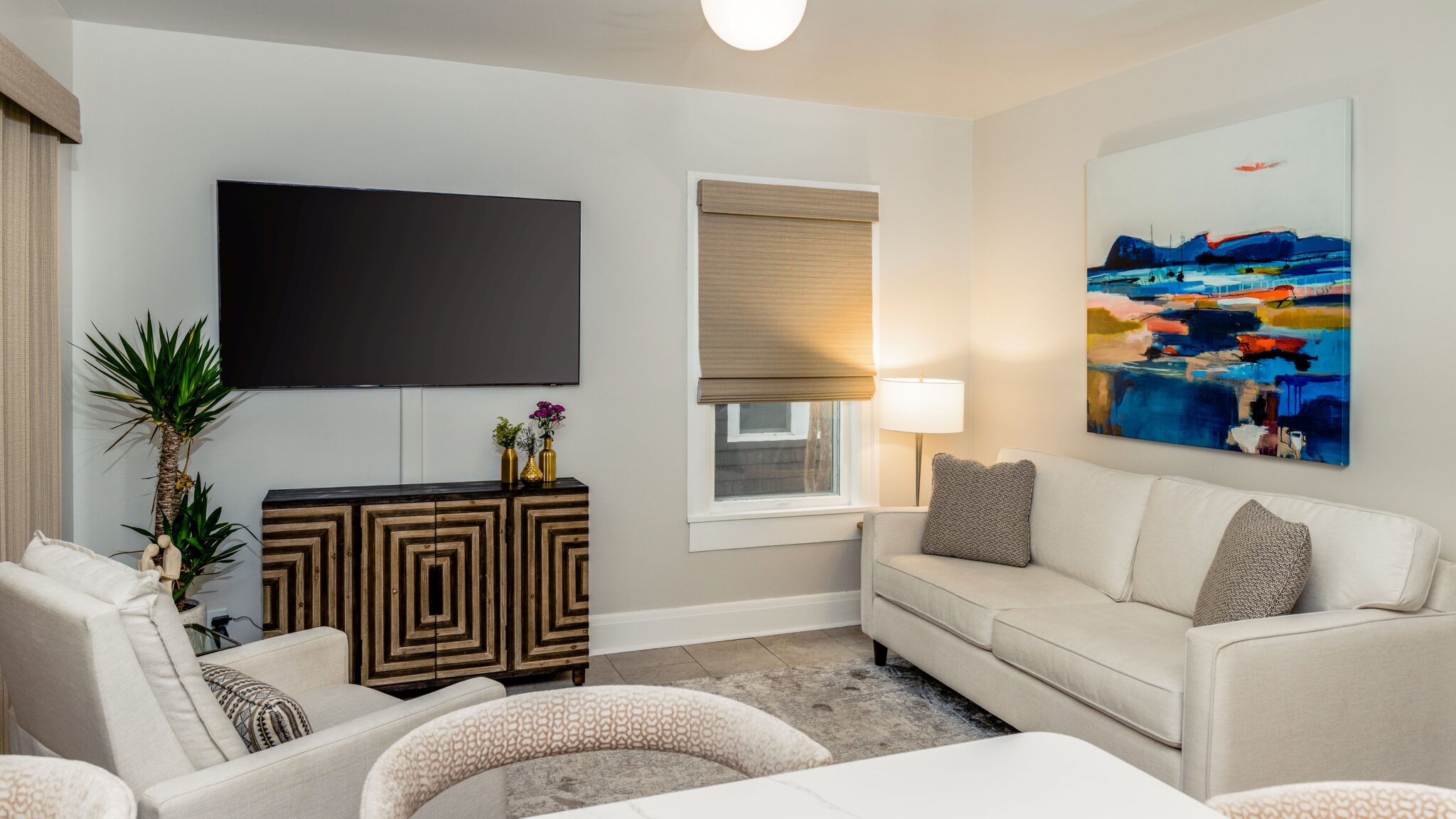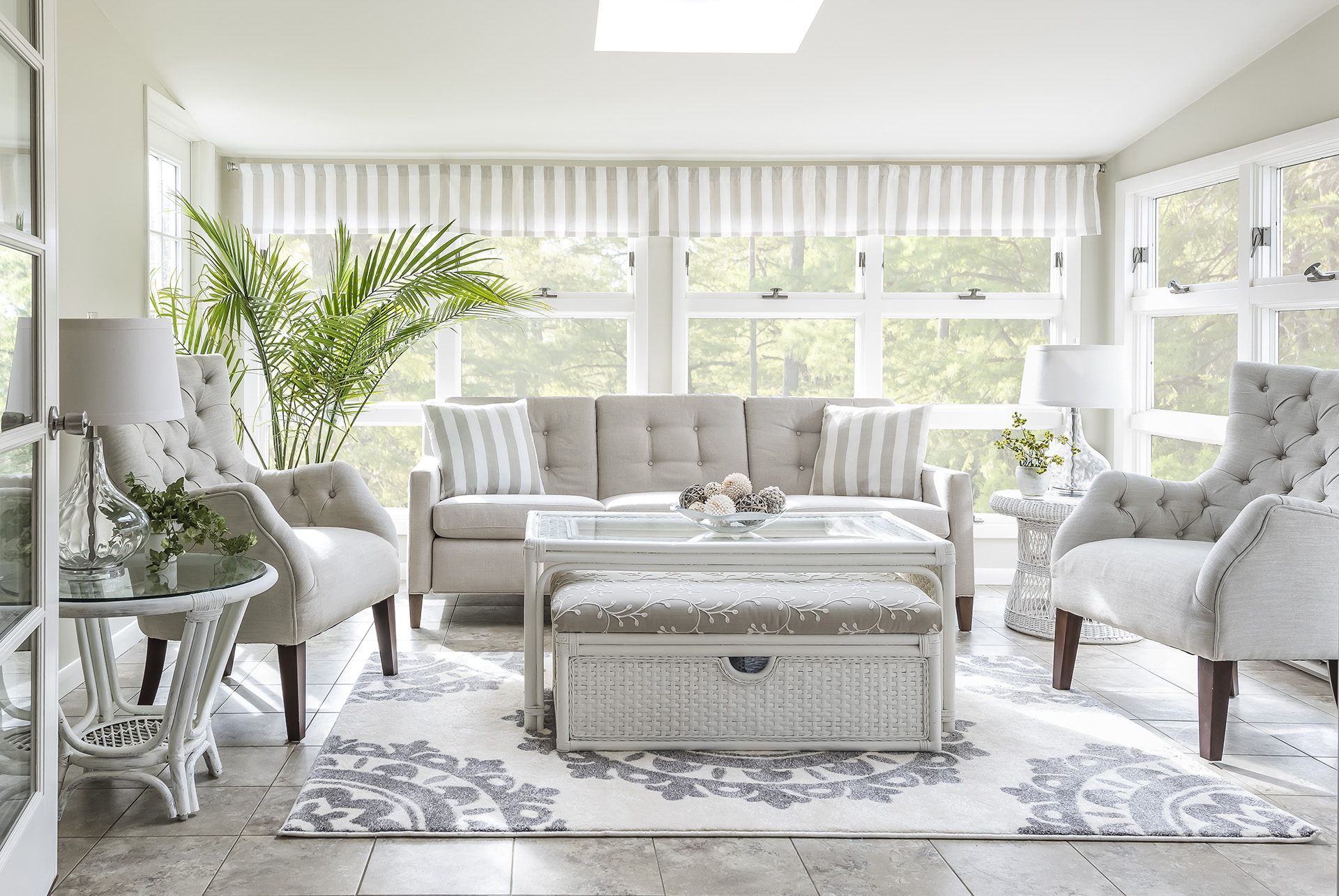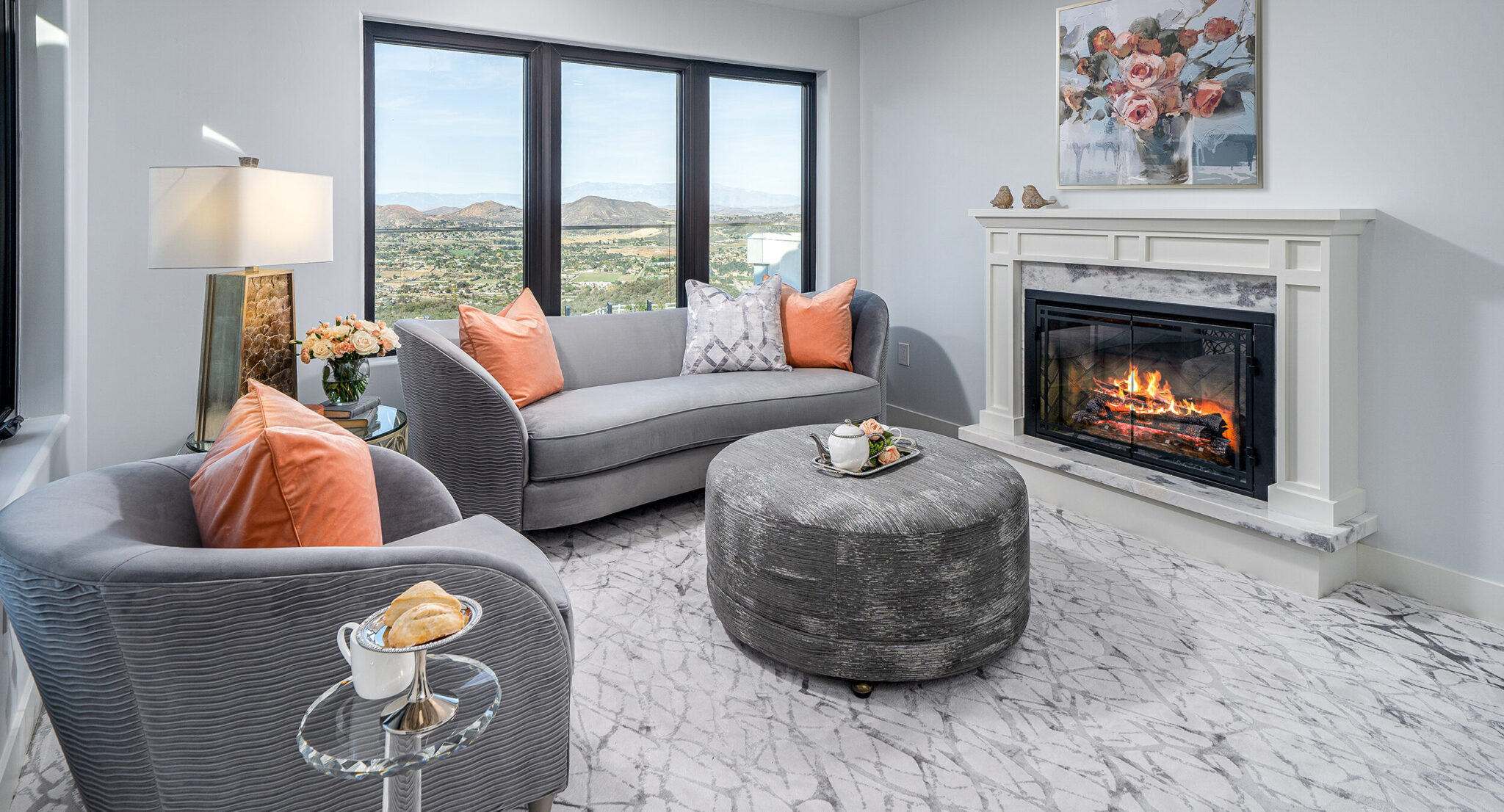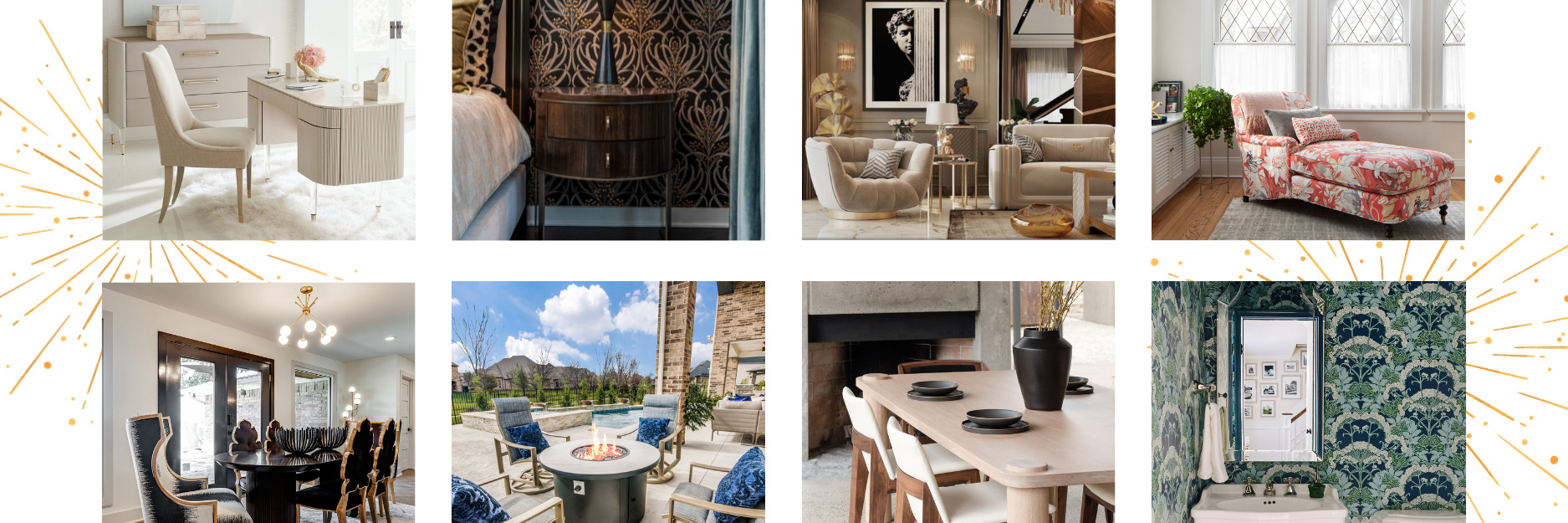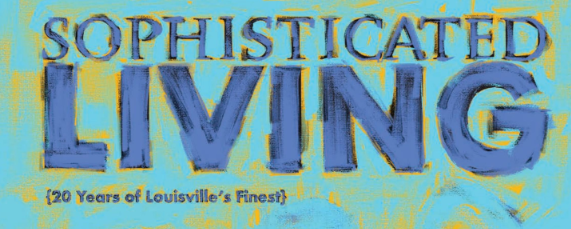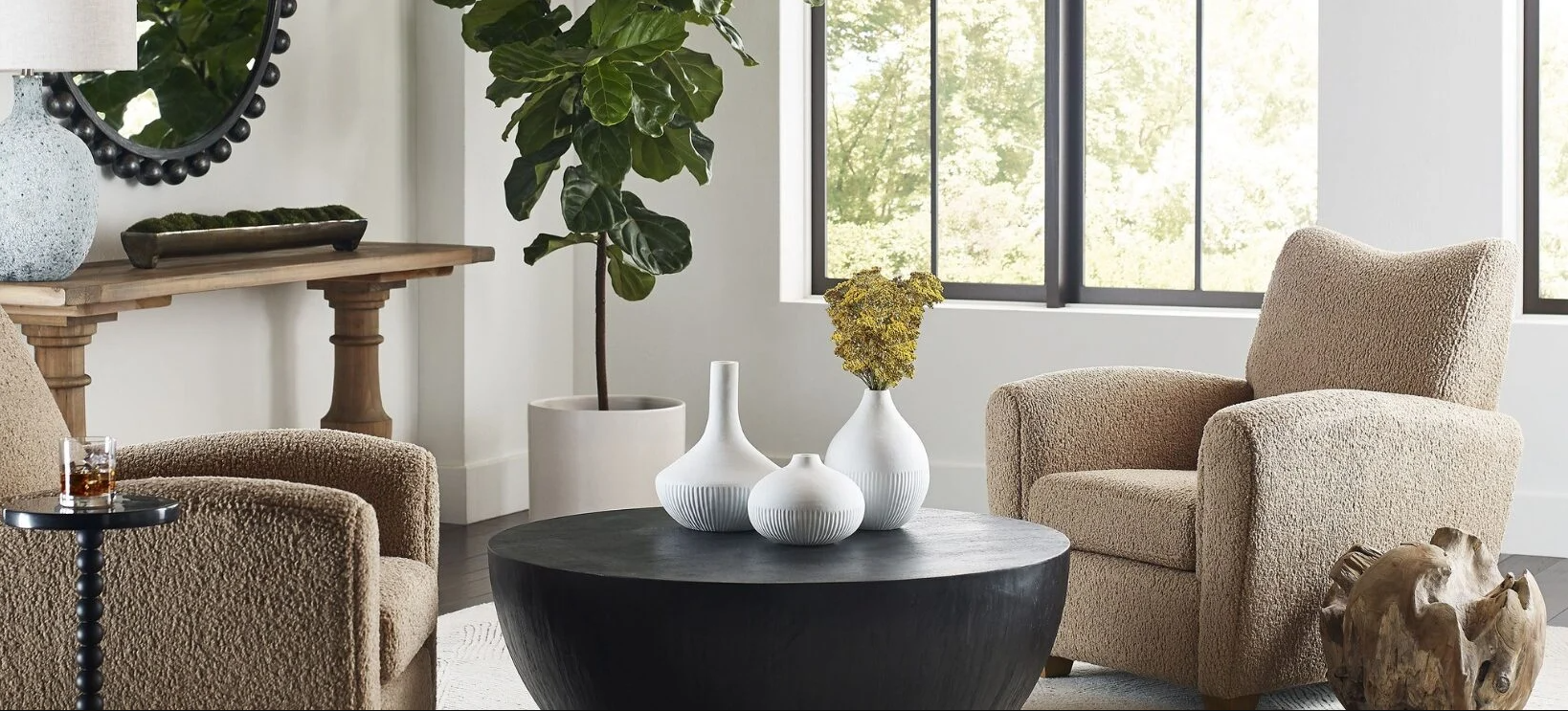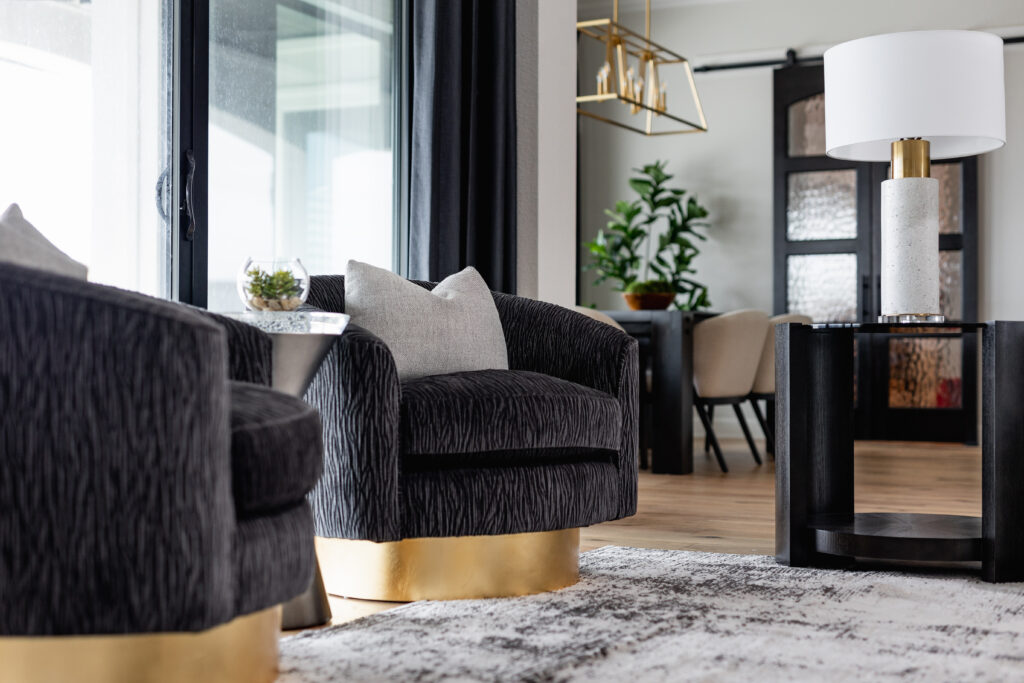Tips and Techniques
- Start with empty shelves. Remove everything from the shelves and wipe down each shelf making it sparkly clean.
- When objects are sparse, add an inviting color contrast for extra punch. Pull one or two accent colors from the décor of the room.
- When shelves run from end-to-end, books alone can make shelves seem heavy and dense and unappealing. Break up books on different shelves, and display each set differently.
- Shelving units with many cubbies can easily become visually overwhelming. In this instance, you want to keep the color palette simple (limit to two or three colors, majority neutral) and keep it well-edited.
- Stylist trick: Overlap some objects and place some at a slight angle. The result will be a more natural-feeling, less-fussy look.
- Change it up often so that it continues to be fresh. Think about changing a few items throughout the four seasons.
Books and Books
- Only use hardback books! You can remove the sleeves if you want.
- Determine what books you want to use and lay them all out on a table.
- Decide how you want to organize them – from colors of spines or color of inside pages.
- Experiment with pyramids of books or layering them from front to back.
- Covering books with decorative paper or cloth is an idea for creating a monochromatic color scheme. You can use white heavy art paper…tie with twine?
- If you have a particularly beautiful book cover – face it out and display it like a piece of art.
- Layer your books both vertically and horizontally to keep it from appearing heavy and dense.
Objects d’art
- Choose your favorite objects and treasures and group items that have similar qualities or that look great together.
- Mix old and new, treasures and thrifty finds.
- Bring in Nature. Elements of nature give life to your bookshelf story. A plant, flowers, rocks, shells, a piece of wood or even a bird’s nest – will give it a sense of curiosity and intrigue.
- Use some organic shapes balanced with other natural shapes – you might want to have some contrast between graphic, linear and organic shapes.
- Balance a mix of materials such as metal, ceramic, wood.
- Look at the simplest, humble odd objects as sculpture – a shoe form, a rock, a shell.
- Layer in some smaller pieces of artwork, or framed photos (frames should all be the same material, color).

